The Science of Heat Therapy
Less tension. More calm. Better sleep.
Sauna is your shortcut to feeling lighter, thinking clearer, and bouncing back faster — inside and out.
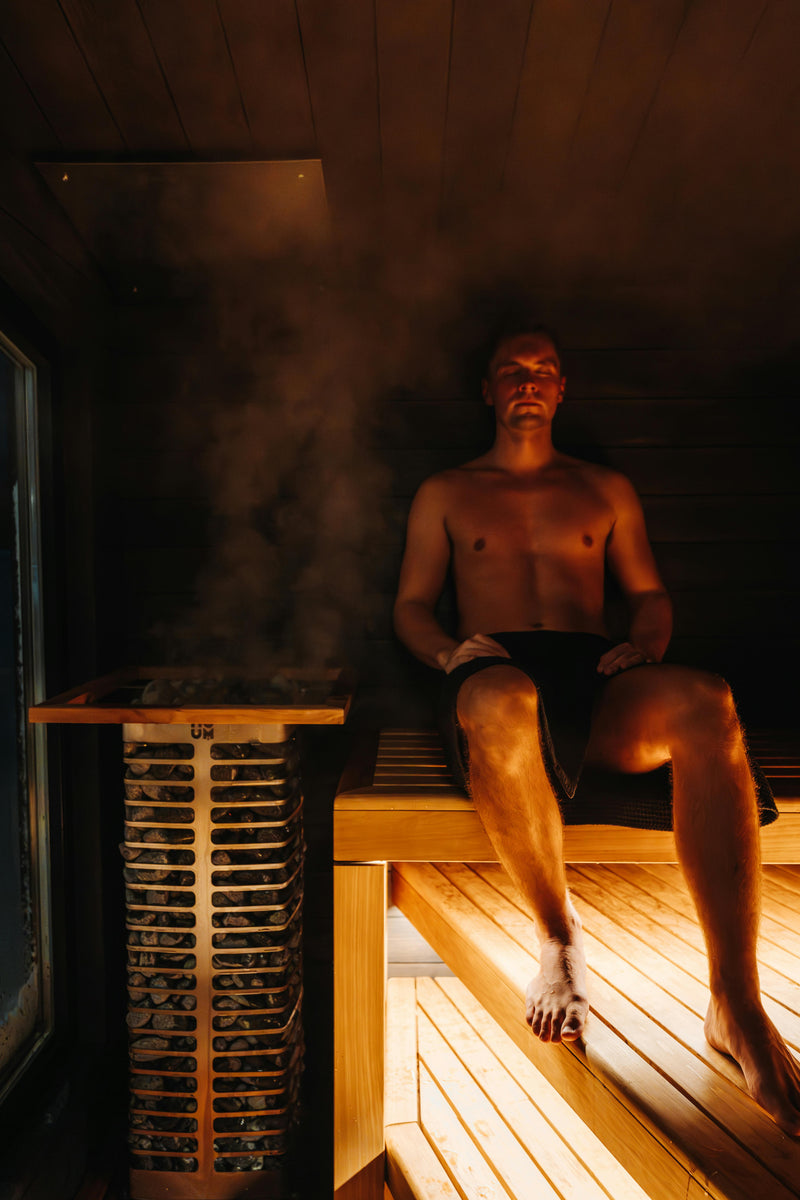
Unlock deep recovery in just 20 minutes.
Sauna sessions help muscles repair, reduce inflammation, and speed up healing.

Heart health. Brain health. Full-body benefits.
Sauna use mimics light cardiovascular exercise — with long-term benefits for your heart and mind.

Stress out. Sleep in. Feel more balanced.
Heat helps reset your nervous system, improving mood and sleep.
The Science of Cold Therapy
Less soreness. More clarity. Better sleep.
Cold therapy is your shortcut to showing up better — body and mind.
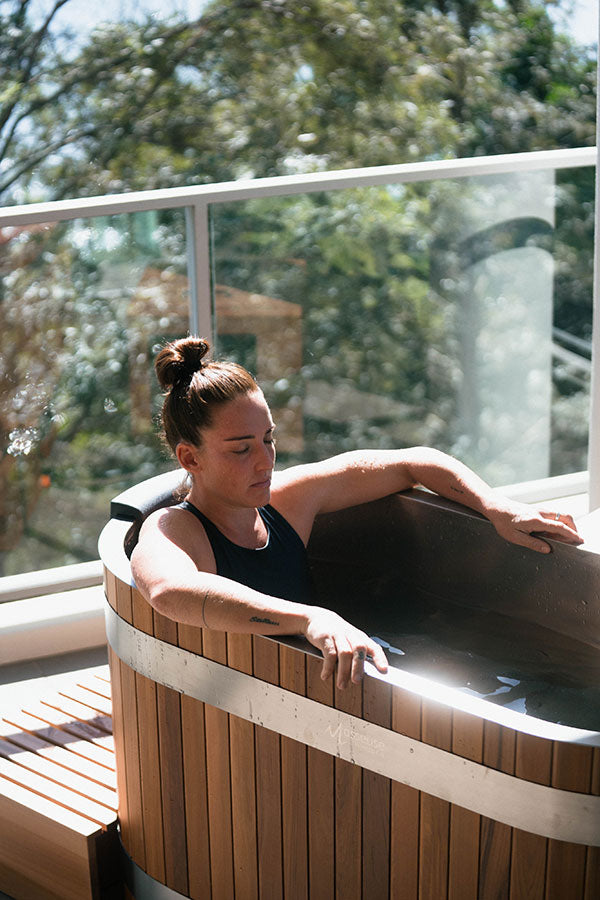
Feel better, faster, in under 11 minutes a week.
Just a few minutes of cold exposure can significantly reduce inflammation, boost recovery, and sharpen your mental edge.
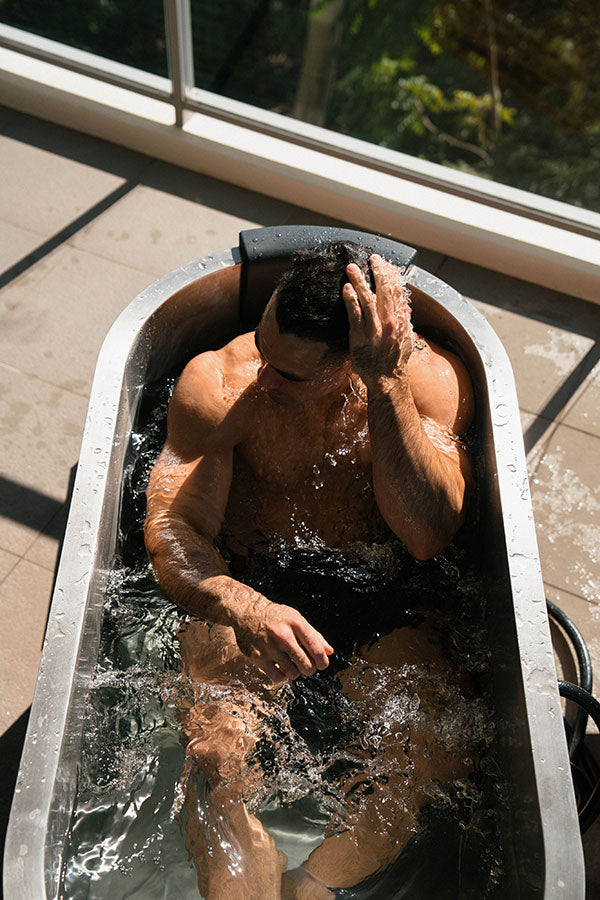
Boost your metabolism — naturally.
Cold exposure activates brown fat, helping your body burn more energy and regulate temperature more efficiently.
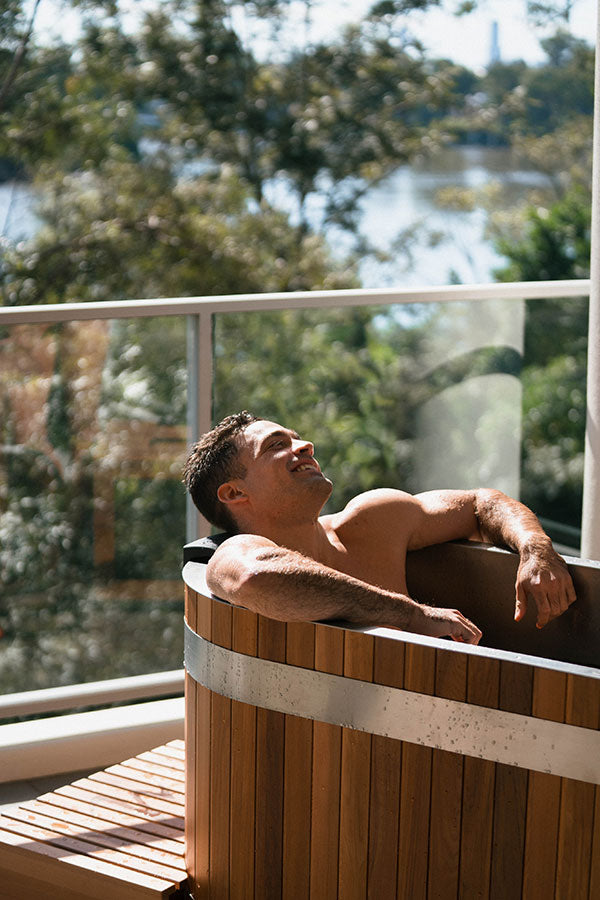
Reduce anxiety. Sleep deeper. Feel calmer.
Cold exposure triggers a hormonal reset — lowering stress and lifting your mood.
The Science of Contrast Therapy (Cold + Heat)
Kick it up a notch. The benefits of each + more.
Contrast therapy delivers a one-two punch for recovery.

Double the recovery. Half the time.
Alternating between cold and heat enhances circulation, reduces muscle fatigue, and speeds up the healing process.
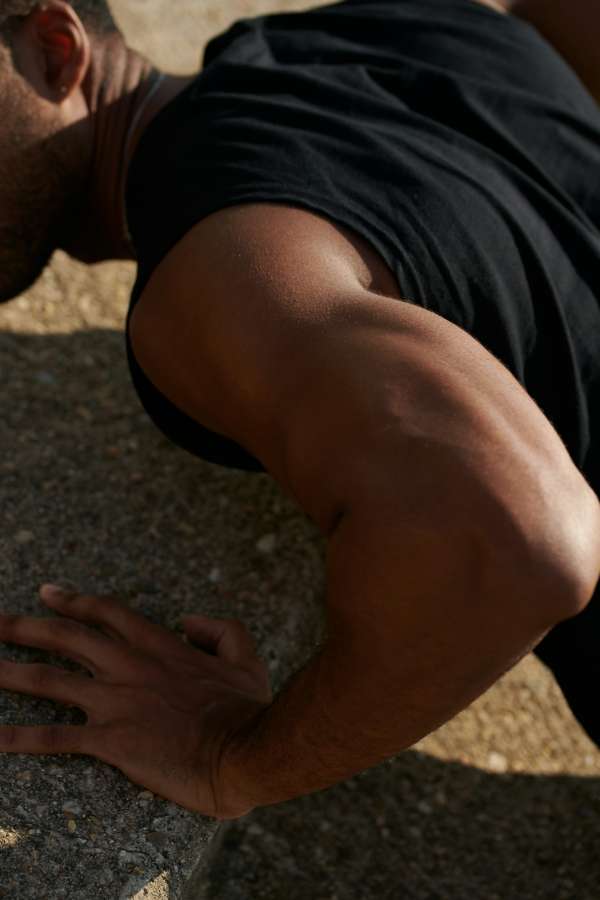
Build resilience from the inside out.
The alternating stress of hot and cold teaches your body how to adapt — strengthening both mind and body.